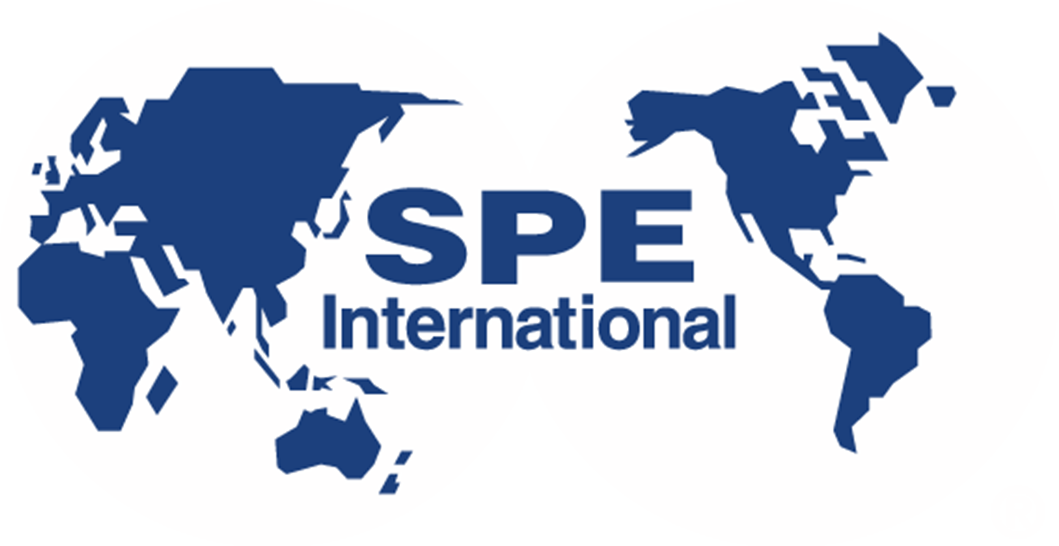Agenda
Sunday, March 27
Monday, March 28
Setting the stage for discussions during the rest of the forum, this initial session will help to ground participants and provide historical perspectives, as well as outline areas that have grown in importance and become critical to the future of stimulation. Speakers will discuss the geology of unconventional reservoirs and just what is included in this broad description; the history of unconventional reservoir development including where we’ve come from and where we might be going; the history of hydraulic fracture modeling and what gaps still exist; and the ever-increasing importance of sustainability and ESG.
| Discussion Leaders |
|---|
|
Steve Sonnenberg, Colorado School of Mines |
|
BJ Walker, TPH |
| Claudia Molina, Ovintiv |
|
Mike Mayerhofer, Liberty Oilfield Services |
| Roy Hartstein, Responsible Energy Solutions |
| Ron Dusterhoft, Halliburton |
The way in which unconventional wells are constructed and completed has advanced dramatically over the past 15 years. Unconventional wells were previously thought to be uneconomical and/or unproducible but the recent evolution of well construction and completion design has deemed unconventional resources a big part of the future, global, oil and gas landscape. With a strong emphasis placed on optimal performance of new wells and reservoirs, it is important to openly consider, question and challenge the way the well is planned, constructed, and completed as this will play a key factor in future well and field performance.
| Discussion Leaders |
|---|
|
Gbenga Onadeko, Welltec |
|
Mike McKimmy, Hess |
|
Isaac Aviles, Schlumberger |
Tuesday, March 29
As unconventionals evolve aiming to solve the dynamic interactions between well placement, spacing and completions, the industry looks to the future to what will be the tools and data used to optimize resource development. Machine learning, data science, multi-well reservoir models, advanced fully 3D frac models and offset monitoring have been employed to various degrees. The future goals to further understanding are to increase process automation, effectively approach large amounts of data, increase production forecast accuracy and production behavior understanding, and optimizing frac interdependencies between wells and along the same lateral. All goals aim to allow a safe, reliable and effective development of unconventional resources.
| Discussion Leaders |
|---|
|
Laryssa Ligocki, BP |
|
Dante Guerra, NSI |
|
Nicolas Roussel, ConocoPhillips |
The complexity of multi-well, multi-bench, multi-stage completions requires the use of properly designed diagnostic programs to accelerate the optimization strategy. Models are only as good as the data used to calibrate and the rapid advancement of many diagnostic tools has allowed operators to capture a large volume of data to measure fracture creation and depletion to be used to improve the forward modeling process. Diagnostics can range in cost from thousands to millions depending on the complexity of the program, it is important to design a fit-for-purpose program to balance the financial component with the value of information being gathered.
| Discussion Leaders |
|---|
|
Erich Kerr, SM Energy |
|
Rob Bohn, Silixa |
|
Taylor Carrell, CHK |
Wednesday, March 30
We are right in the middle of the digital transformation for our industry and it’s moving quickly. Digital changes and enhanced automation capabilities touch everything we do today from onsite decision making, data management and sharing, field optimization planning, and logistics. Even though digital is moving quickly today, the digital roadmap for our industries future is constantly evolving. In this session we plan to look at potential paths for our digital future, and articulate the short term and longer-term value proposition opportunities.
| Discussion Leaders |
|---|
|
Erik Lee, Halliburton |
|
Justin Hammond, ConocoPhillips |
|
Dung Nguyen, ConocoPhillips |
While AI, Big Data, and the Cloud continue to dominate current technology discussions, will they enhance development optimization in the next decade? Modern fracture diagnostics have revealed more of nature's hydraulic fracturing character, productivity, and drainage, but can fracture and reservoir simulation models integrate these learnings from field-scale fracture experiments thus producing more accurate forecasts? The Next Generation Development Optimization session will examine these questions along with fracture diagnostic integration, the future of RTA, and novel well construction as we look toward 2030 developments.
| Discussion Leaders |
|---|
|
Mark McClure, Resfrac |
|
Robert Archer, Hess |
|
Mouin Almasoodi, Devon |
Thursday, March 31
As unconventional developments mature, managing parent-child well interactions has become more challenging. It is well established that EUR degradation will occur if the completion designs for infill wells do not properly account for changes in reservoir pressures, stresses, and drainage patterns created by the parent wells. Much progress toward the understanding of the physical mechanisms behind depletion effects has been made. However, with today's technologies, there is still significant risk of stranded reserves and reduced return on investment due to fracture driven interactions and interference. What diagnostic techniques need to be developed and how will we optimize mitigation practices in the future?
| Discussion Leaders |
|---|
|
Tanner Wood, Corelab |
|
Tim Benish, ExxonMobil |
| Mark Murray, Sage Rider |
Increased hydrocarbon recovery from unconventional reservoirs is a huge target for additional oil and gas reserves. This session will cover re-fracturing and a variety of enhanced recovery methods that have the potential to dramatically increase recovery factors. Enhanced recovery processes of interest include miscible gas injection, CO2 injection, surfactant injection, and combinations of chemicals. Methodologies to introduce enhanced recovery materials including addition to fracture fluids, huff and puff processes and well to well flooding will be explored.
| Discussion Leaders |
|---|
|
Juan Vargas, ConocoPhillips |
|
James A. Sorensen, Energy & Environmental Research Center, University of North Dakota |
| Josh Jackson, CHK |
Friday, April 01
It is easier (and safer) to summarize the past than to predict the future. Many of the industry practices we have today were completely unheard of 10 years back. However, one historical trend that will continue to drive the completion technology of the future is the focus on cost reduction, efficiency gains and production enhancement. Technologies and practices to improve overall recovery, cube development with significantly longer laterals to improve operational efficiency, self-sufficient basin activities with minimal logistics, which will lead the way of the future? Some of these practices will perhaps provide a pathway for logistically and economically challenged international unconventional basins. Wherever the future leads us, social and environmental governance is key for the industry to sustain across the globe and technology advances need to continue to reduce the carbon footprint of our frac operations.
| Discussion Leaders |
|---|
|
Tim Marvel, SEF Energy |
|
Sam Aminfard, ExxonMobil |
| Eduardo Martinez, Chevron |

